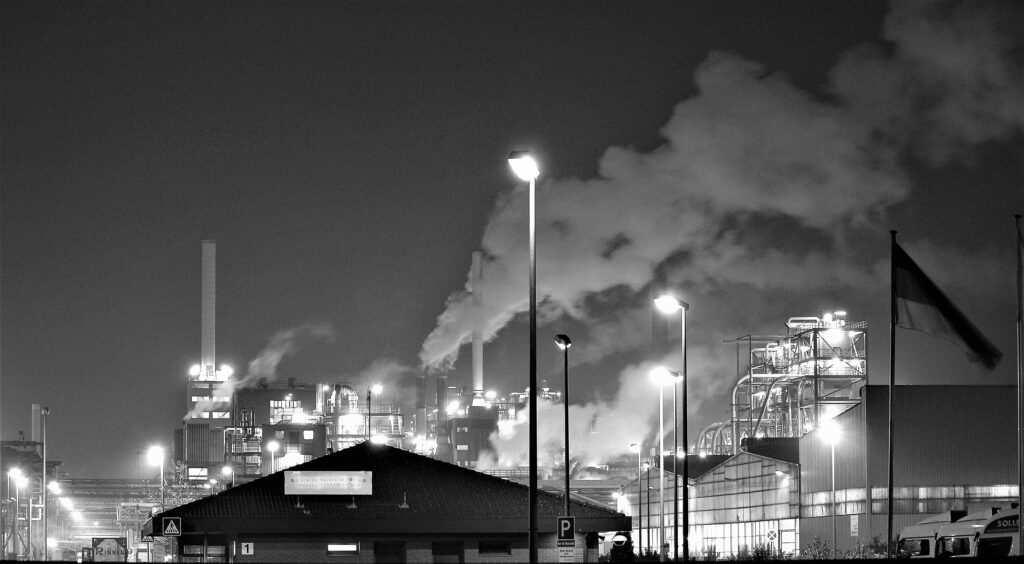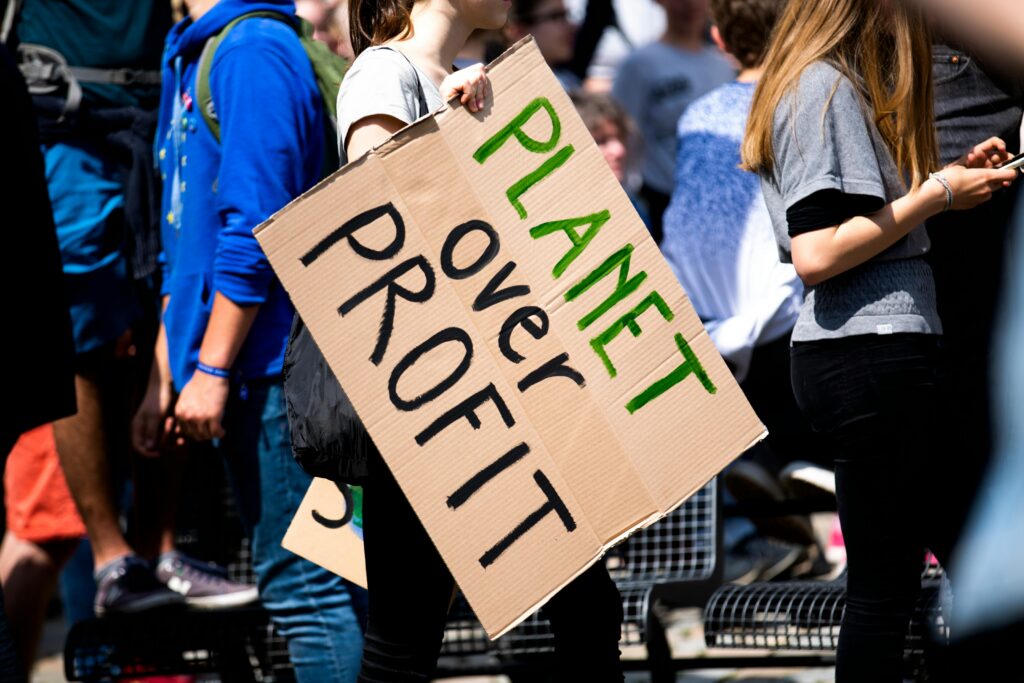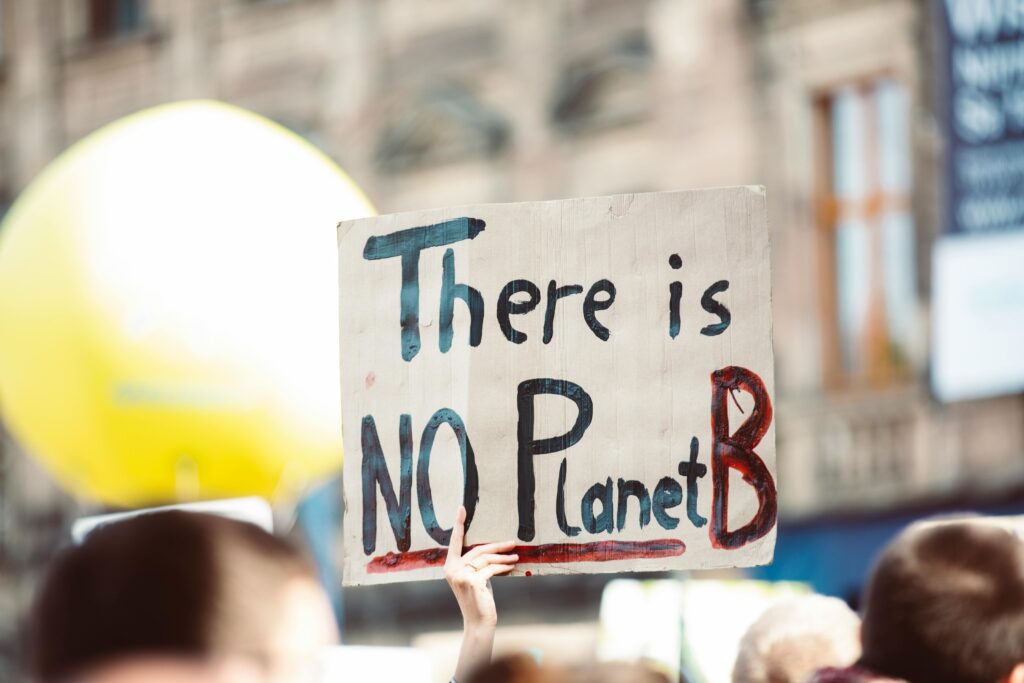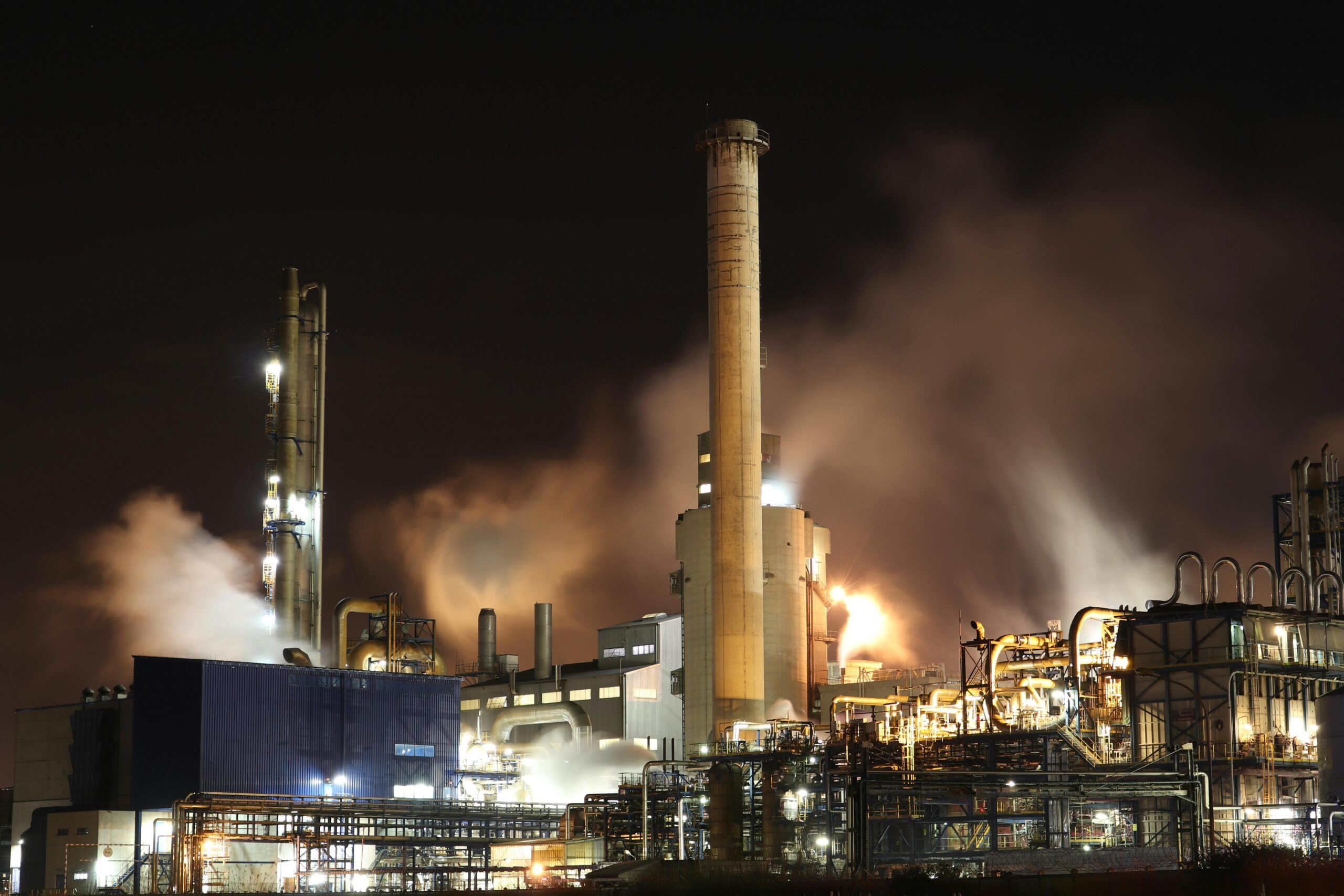Global warming is one of the most pressing issues facing humanity today. As the Earth’s average temperature continues to rise, the implications for our environment, economies, and societies are profound. In this comprehensive blog post, we will explore the science behind global warming, its causes, the impacts it has on our planet, and the steps we can take to mitigate its effects.
Introduction
Global warming refers to the long-term rise in the average temperature of the Earth’s climate system. It is a major aspect of climate change, which includes changes in precipitation patterns, sea level rise, and more frequent extreme weather events. The primary cause of global warming is the increase in greenhouse gases (GHGs) in the atmosphere, particularly carbon dioxide (CO2), methane (CH4), and nitrous oxide (N2O).

The Greenhouse Effect
The greenhouse effect is a natural process that warms the Earth’s surface. When the Sun’s energy reaches the Earth, some of it is reflected back to space, and the rest is absorbed, warming the planet. The Earth then emits heat in the form of infrared radiation. Greenhouse gases in the atmosphere trap some of this heat, preventing it from escaping into space, thus keeping the Earth warm enough to support life.
However, human activities, such as burning fossil fuels, deforestation, and industrial processes, have significantly increased the concentrations of these gases, enhancing the greenhouse effect and leading to more warming.
Major Greenhouse Gases
- Carbon Dioxide (CO2): Produced by burning fossil fuels (coal, oil, and natural gas), deforestation, and various industrial processes. It is the most significant greenhouse gas emitted by human activities in terms of quantity and long-term impact.
- Methane (CH4): Emitted during the production and transport of coal, oil, and natural gas. Methane is also released by livestock and other agricultural practices, as well as by the decay of organic waste in landfills.
- Nitrous Oxide (N2O): Emitted from agricultural and industrial activities, as well as during combustion of fossil fuels and solid waste.
- Fluorinated Gases: Synthetic gases used in various industrial applications, including refrigerants and solvents. Though they are released in smaller quantities, they are potent greenhouse gases with high global warming potential.
Evidence of Global Warming
The evidence for global warming is compelling and multifaceted. Scientists rely on a variety of indicators to track the changes in the Earth’s climate, including:
- Temperature Records: Instrumental temperature records from weather stations, ships, and satellites show a clear upward trend in global average temperatures over the past century.
- Ice Core Samples: By analyzing ice cores from glaciers and polar ice caps, scientists can reconstruct past climate conditions. These records reveal that current CO2 levels are unprecedented in at least the last 800,000 years.
- Sea Level Rise: The global sea level has risen significantly over the past century due to the thermal expansion of seawater and the melting of ice sheets and glaciers.
- Shrinking Ice Sheets and Glaciers: Observations show that the Greenland and Antarctic ice sheets are losing mass, and glaciers around the world are retreating.
- Extreme Weather Events: The frequency and intensity of extreme weather events, such as hurricanes, heatwaves, and heavy rainfall, have increased, consistent with predictions of climate change models.
Causes of Global Warming
Human activities are the primary drivers of global warming. The most significant sources of greenhouse gas emissions include:
- Burning Fossil Fuels: The combustion of coal, oil, and natural gas for energy production and transportation is the largest source of CO2 emissions. Fossil fuels are used to generate electricity, power vehicles, and heat homes and businesses.
- Deforestation: Forests act as carbon sinks, absorbing CO2 from the atmosphere. Deforestation, primarily for agriculture and urban development, reduces the Earth’s capacity to absorb CO2, while the burning or decay of trees releases stored carbon.
- Agriculture: Agricultural practices contribute to global warming through methane emissions from livestock, rice paddies, and manure management, as well as nitrous oxide emissions from fertilized soils.
- Industrial Processes: Various industrial activities, including cement production, steelmaking, and chemical manufacturing, release significant amounts of CO2 and other greenhouse gases.
- Waste Management: Landfills produce methane as organic waste decomposes anaerobically. Wastewater treatment processes also emit greenhouse gases.

Impacts of Global Warming
The impacts of global warming are far-reaching and affect every aspect of our environment and society. Some of the most significant consequences include:
- Rising Sea Levels: As the Earth’s temperature increases, polar ice caps and glaciers melt, contributing to sea level rise. Additionally, warmer temperatures cause seawater to expand. Rising sea levels threaten coastal communities, infrastructure, and ecosystems.
- Extreme Weather Events: Global warming increases the frequency and intensity of extreme weather events, such as hurricanes, heatwaves, droughts, and heavy rainfall. These events can cause significant damage to property, disrupt economies, and threaten human lives.
- Impact on Ecosystems: Many plant and animal species are struggling to adapt to the changing climate. Shifts in temperature and precipitation patterns disrupt habitats, leading to changes in species distribution and behavior. Some species face the risk of extinction.
- Ocean Acidification: Increased CO2 levels in the atmosphere lead to higher concentrations of CO2 in the oceans, causing acidification. This process harms marine life, particularly organisms with calcium carbonate shells or skeletons, such as corals and shellfish.
- Public Health: Global warming poses direct and indirect risks to human health. Heatwaves can cause heat-related illnesses and deaths, while changes in climate can influence the spread of infectious diseases. Additionally, extreme weather events can lead to injuries, fatalities, and mental health impacts.
- Economic Consequences: The economic impacts of global warming are substantial. Damage to infrastructure, increased healthcare costs, loss of productivity, and disruptions to agriculture and fisheries can all contribute to economic instability.
Mitigating Global Warming
Addressing global warming requires a multifaceted approach involving governments, businesses, and individuals. Key strategies for mitigating global warming include:
- Transition to Renewable Energy: Shifting from fossil fuels to renewable energy sources, such as solar, wind, and hydropower, is essential for reducing greenhouse gas emissions. Investing in renewable energy technologies and infrastructure can help make this transition possible.
- Energy Efficiency: Improving energy efficiency in buildings, transportation, and industry can significantly reduce energy consumption and associated emissions. This includes measures such as better insulation, energy-efficient appliances, and fuel-efficient vehicles.
- Reforestation and Afforestation: Protecting existing forests and restoring degraded lands through reforestation and afforestation can enhance carbon sequestration. This helps offset emissions from other sources.
- Sustainable Agriculture: Implementing sustainable agricultural practices, such as precision farming, agroforestry, and improved livestock management, can reduce emissions from agriculture. Additionally, reducing food waste can lower the overall carbon footprint.
- Carbon Pricing: Implementing carbon pricing mechanisms, such as carbon taxes or cap-and-trade systems, can incentivize businesses and individuals to reduce their emissions. By putting a price on carbon, these policies encourage the adoption of cleaner technologies and practices.
- Research and Innovation: Continued research and innovation are crucial for developing new technologies and strategies to combat global warming. This includes advancements in renewable energy, carbon capture and storage, and climate-resilient infrastructure.
- International Cooperation: Global warming is a global issue that requires international collaboration. Countries must work together to set ambitious emissions reduction targets, share technology and knowledge, and provide financial support to developing nations.

Individual Actions to Combat Global Warming
While systemic changes are necessary, individual actions also play a crucial role in mitigating global warming. Here are some steps individuals can take to reduce their carbon footprint:
- Reduce Energy Consumption: Turn off lights and appliances when not in use, use energy-efficient products, and consider switching to renewable energy sources for your home.
- Adopt Sustainable Transportation: Use public transportation, carpool, bike, or walk instead of driving alone. If possible, switch to an electric or hybrid vehicle.
- Reduce, Reuse, Recycle: Minimize waste by reducing consumption, reusing items, and recycling materials. Properly dispose of hazardous waste to prevent environmental contamination.
- Support Sustainable Practices: Choose products and services that are environmentally friendly and support companies with sustainable practices. This includes buying locally produced food, reducing meat consumption, and supporting renewable energy providers.
- Educate and Advocate: Stay informed about global warming and its impacts. Educate others and advocate for policies and practices that promote sustainability and reduce emissions.
Conclusion
Global warming is a complex and multifaceted challenge that requires urgent action from all sectors of society. By understanding its causes, impacts, and solutions, we can work together to mitigate its effects and build a more sustainable future. The time to act is now. Each of us has a role to play in combating global warming, whether through personal choices, community involvement, or advocating for systemic change. Together, we can make a difference and protect our planet for future generations.
